Meet Richard Villasana | The Sherlock Holmes of foster care
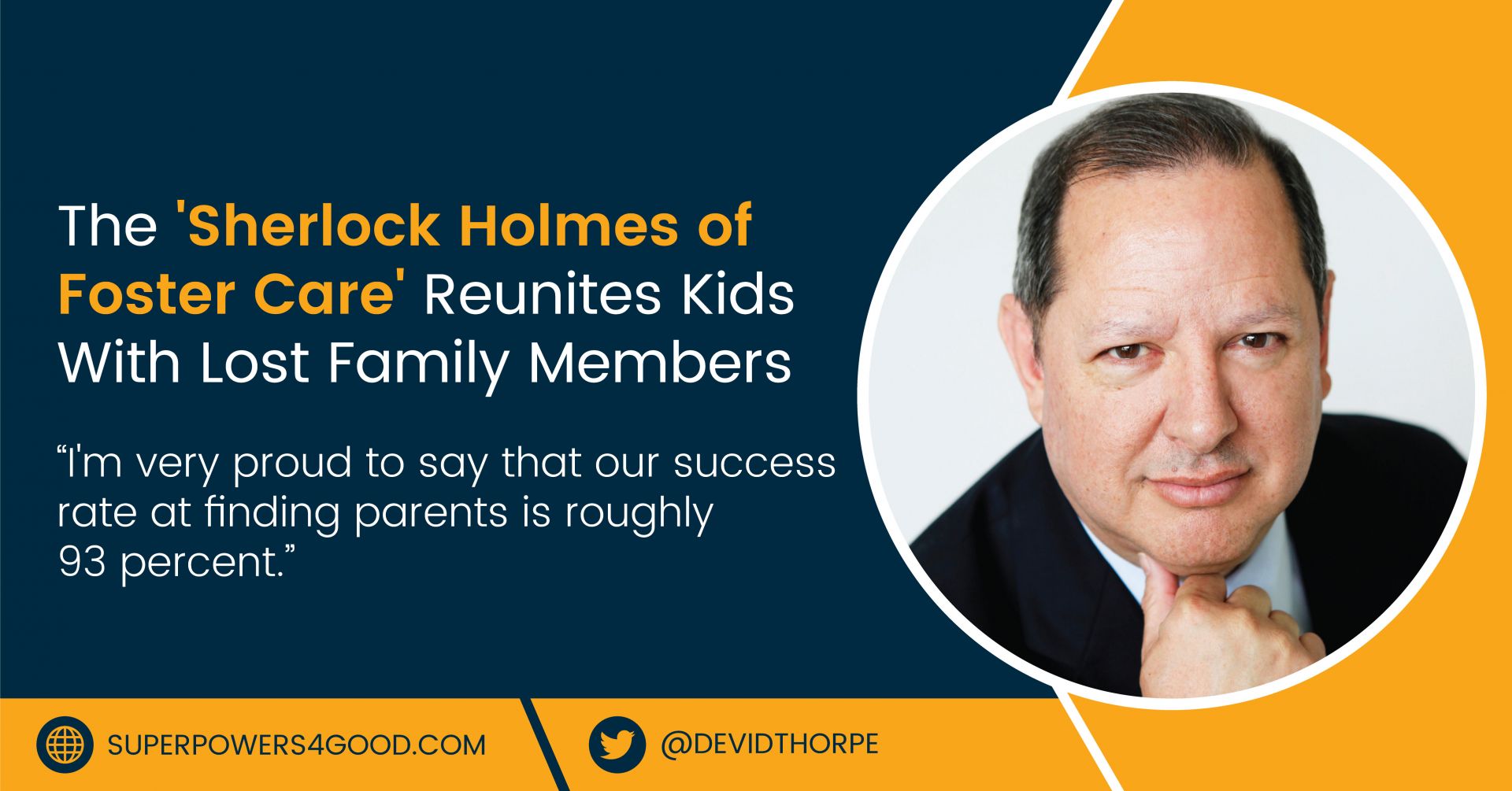
We had the good fortune of connecting with Richard Villasana and we’ve shared our conversation below.
Hi Richard, what’s something about your industry that outsiders are probably unaware of?
Foster care across the U.S. is managed at the county level leading most of the public to believe that their tax dollars are funding all aspects of foster care. The majority of people are not aware that many counties contract out some or several services to nonprofits. One of those services is family finding, the process of identifying, locating and notifying adult relatives when a child enters foster care. Family finding is a powerful process that can and often does result in a child being placed with family instead of spending years alone in group homes or bounding from one foster home to the next. Using national databases, counties and nonprofits have about an 85% success rate when relatives live in the U.S.
These efforts become much more complicated when a child has relatives who are living outside the U.S. Presently about 85,000 Latino children are in foster care and often have an aunt, grandparent, even an absent parent, living in a Latin American country such as Mexico, the Dominican Republic, Guatemala or Brazil. Unfortunately, counties have been experiencing high turnover rates leading to these agencies losing the majority of experienced staff and having to rely on untrained incoming caseworkers to perform family finding in foreign countries. Counties and even most nonprofits lack the resources and training to perform a search international. Agencies often don’t have even one person who speaks, reads and understands Spanish, much less an indigenous language such as Mam or Akateko that is spoken in parts of Guatemala. Caseworkers in several agencies have complained of “hitting a wall,” struggling or having no idea how to locate a child’s relatives in Latin America.
Fortunately, these same agencies and other organizations are able to contact my nonprofit, Forever Homes for Foster Kids. We are the leading experts in finding a child’s relatives in Latin America. One agency sent us a case where a fifteen-year-old teenager was placed in foster care. The teen could only provide us with the name of two uncles and aunts and that they lived in the Dominican Republic. We found one of the teen’s uncles in less than 48 hours. Finding a child’s relative in Latin America is not only possible, we have more than a 90% success rate doing so. The result is that the relatives will almost always give information to the caseworker about an adult family member living in the U.S. The child ends up leaving foster care to live with a loving relative.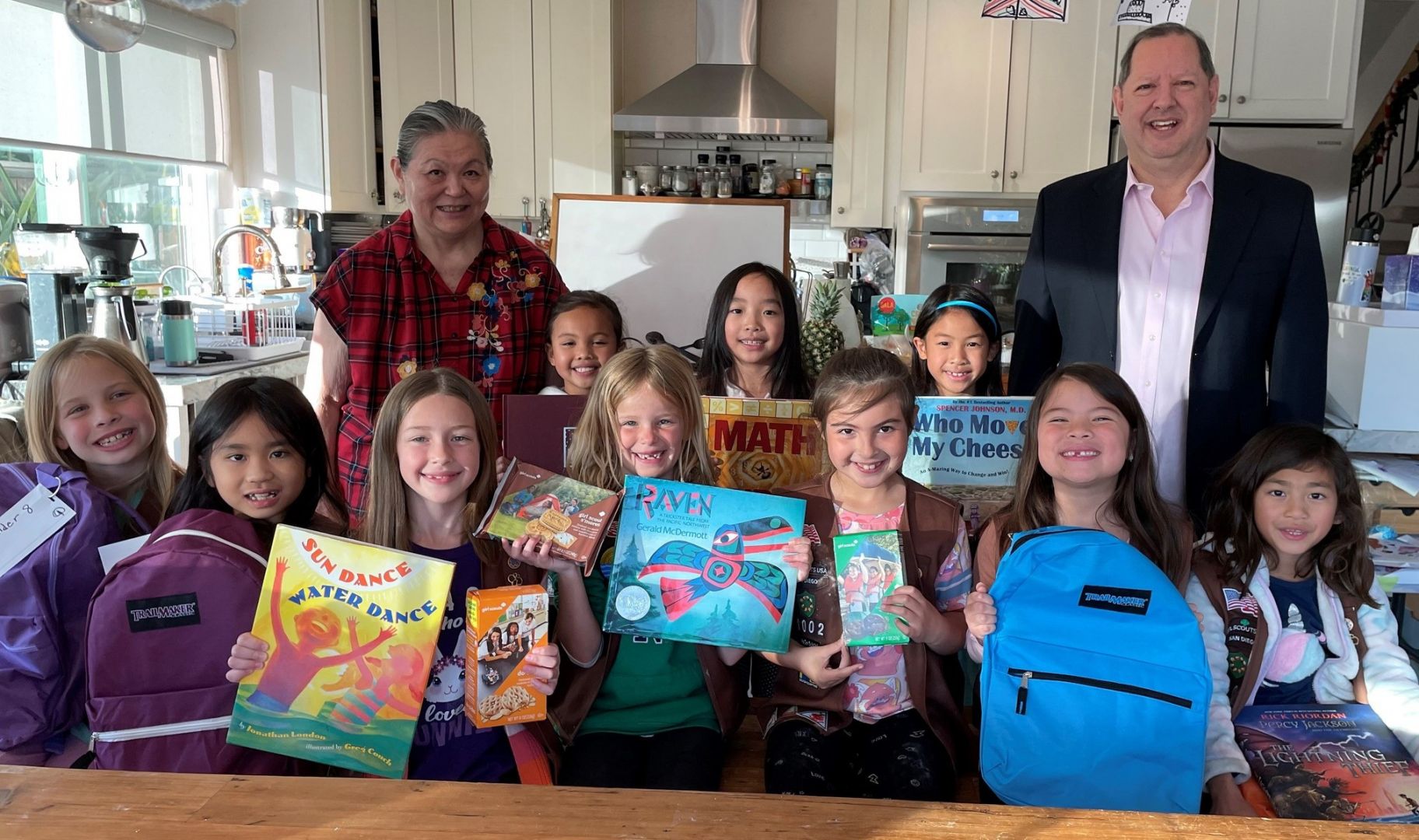
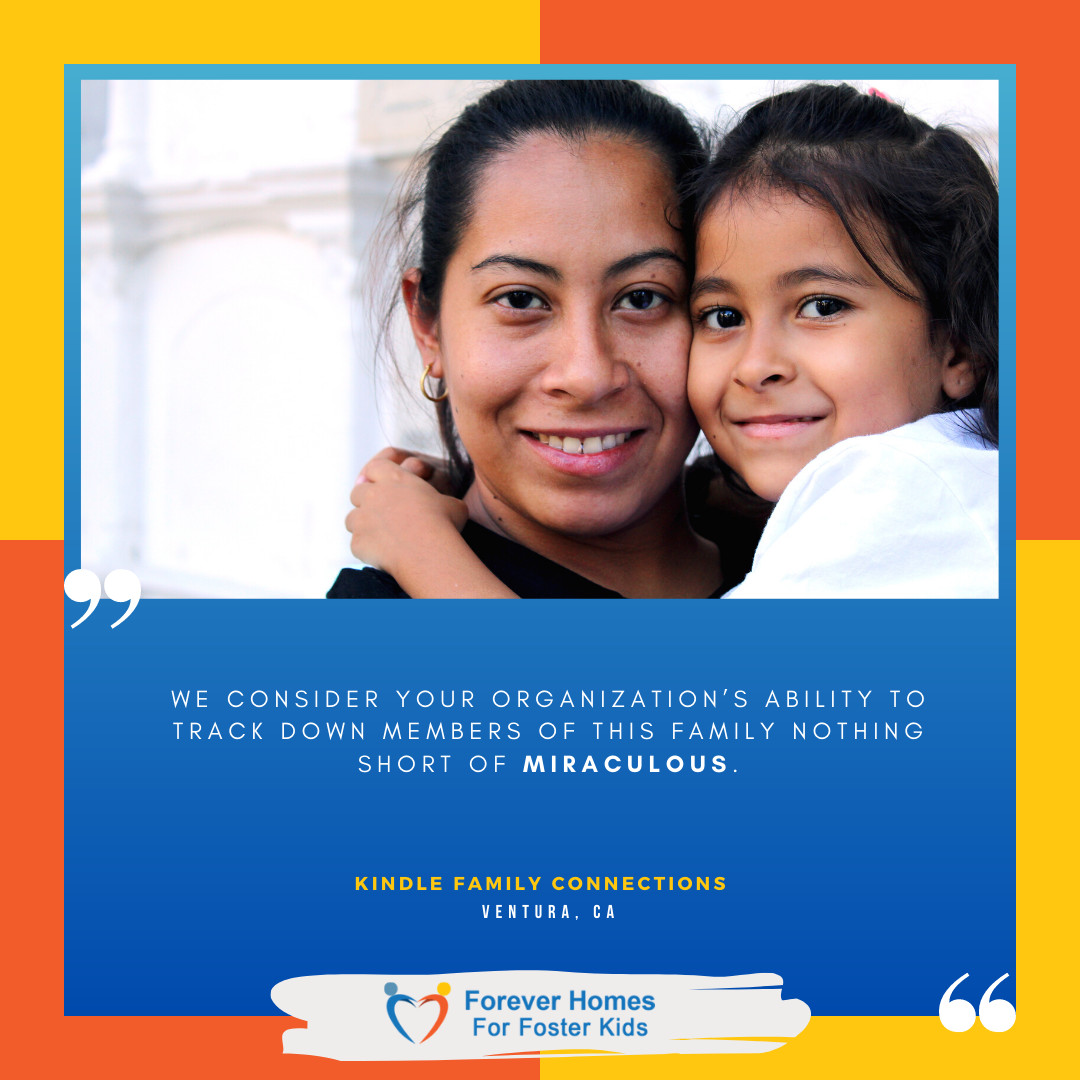
Can you open up a bit about your work and career? We’re big fans and we’d love for our community to learn more about your work.
One of the things that separates me from so many professionals who are involved with foster children is my background. I spent years working with my mentor, Antoine Morrison, who was one of the leading experts on Latin American culture and commerce. Together we worked with government agencies, organizations and companies throughout Latin America. I lived in Mexico for ten years and was a professor of advanced English at the Center for Languages at the Mexico state university, Universidad Autónoma de Baja California, in Tijuana. I also spent years living in Europe where I learned French and Italian. This diverse background allows me to understand different cultures. I have also sharpened my communication skills so that I can interact with government officials, C-level executives, members of the media and professionals such as taxi drivers and customer service reps. My life experiences plus my natural inclination for research and ability to identify information allow me and my amazing team members to close cases where government agencies, nonprofits and international aid organizations have failed to succeed. In my world, success means that a child can now be reunited with loving family members instead of spending years apart and alone.
I can’t imagine anyone, whether it’s Bill Gates, Oprah Winfrey or Simone Biles, saying that reaching the peak of their industry or sport was easy. Even a person with natural skills won’t be extremely successful without work. Lots of work. Simone Biles has spent most of her life training, doing routines, staying fit, everything necessary to be at Olympic level for competition. In my case, I read hundreds of articles, pieces of legislation and dozens of books every year to stay at the top of my field. I have devoted years of my life to studying governmental structures throughout Latin America. I have shared my expertise through hundreds of blog posts, writing a national column or authoring a bestselling book about foster children.
However, the road to success has not been easy. Foster care is handled at the county level in almost every state. These agencies receive money from the state that gets millions of dollars from the federal government. Some of that federal money is earmarked for family finding. States have passed laws to be able to receive these federal funds. Our biggest challenge is that most county agencies will not fund international family finding despite federal and state laws requiring foster care agencies to perform family finding for each child.
When my nonprofit gets an inquiry about a child’s relatives, it’s very likely that we are the last option for that child. If we do not take on that case, it’s almost certain that nothing more will happen. That child’s case will almost always go into the file cabinet. The child will remain in foster care alone unless they are adopted. However, once a child reaches age thirteen, their chances of adoption drop to less than two percent. Those at or older than thirteen will often stay in the system until they age out. For foster teens who are forced out of the system at eighteen, eighty percent will become homeless, end up in prison or become a sex trafficking victim, some in as little as six hours after leaving their foster home.
Despite counties receiving funding for family finding, the vast majority that contacted us with a foster child case would not move forward because there was a related cost. Knowing the stakes for a foster child, we decided years ago to offer our services free of charge to county agencies. This means we are fundraising so we can then work to locate a child’s relatives in Latin America. Donations drive our work because everything has a cost especially quality international work. As you may imagine, donations can fluctuate depending on inflation or the time of the year. When donations are low, we can’t help as many children. It’s a painful reality. The way through this financial roller coaster year after year is keeping focused on the children. If we solve just one case, that’s one more child who is now living with their loving family.
Simone Biles was in foster care until her grandparents took her in. They gave Simone love and stability and eventually adopted her. We persevere because we can make this same impact on a foster child by finding their relatives. The agency can then notify them and start the process to move the child out of foster care and to living with family as happened with Simone. If you have a big enough, important enough mission, you can get through the tough times even if you have to crawl through it. In past years, I have worked full time at companies to support the nonprofit. If you believe, then you will do whatever it takes to succeed.
Here is how we positively impact a child’s life. Veronica was living with her father until he was sent away, and she was placed in foster care. At sixteen years old, her chances of never being adopted were about 99%. Most likely she would age out into the street, homeless, at risk of being attacked or becoming a s*x trafficking victim. The only relative the caseworkers could find in the U.S. was an uncle who had passed away. Veronica had told her caseworkers about family in Mexico. Forever Homes for Foster Kids received the case. In just three weeks, we located an uncle who gave the caseworkers the name of two aunts living in Los Angeles, California. Veronica is now back in school, back on track with a better, brighter future with her family.
While donations continue to be… interesting, we are not only the last hope for many foster children but the last hope for dozens of immigrant children who were illegally separated at the U.S.-Mexico border from their parent. Two executive orders have been signed to reunite these parents with their children, and my nonprofit has successfully closed roughly 100 of the worst cold cases on behalf of the U.S. government. When I say we are the last hope for a child, I mean that several international nonprofits, organizations with household names that spend millions on advertising, have tried to locate a child’s parent over several years and have failed. Then we will receive that same case and close it sometimes in just a few days. This is the work Forever Homes for Foster Kids has done for foster and immigrant children for three decades, and we are just getting started.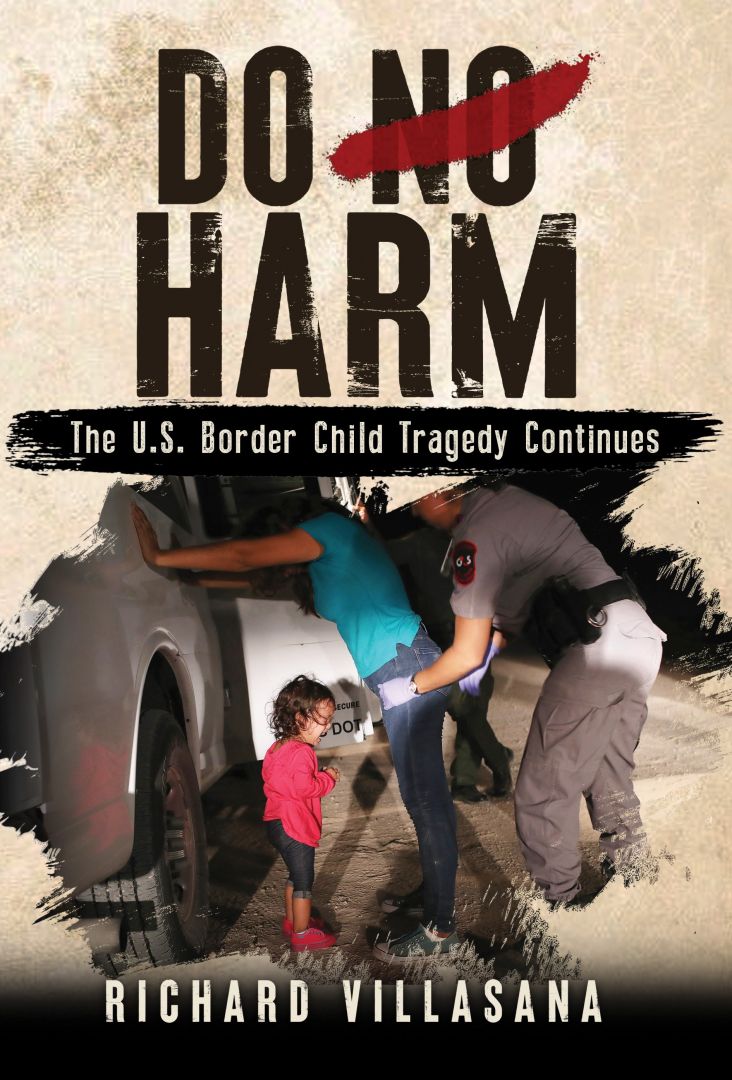
Let’s say your best friend was visiting the area and you wanted to show them the best time ever. Where would you take them? Give us a little itinerary – say it was a week long trip, where would you eat, drink, visit, hang out, etc.
I love showing people around San Diego. I’m from Houston, Texas where the landscape is pretty flat. Coming to San Diego has been amazing because we have beautiful beaches, deserts and mountains, all within an hour’s drive. If someone was coming for a week and time and distance was not a problem, we would start by going to Coronado. We’d probably spend the day walking down Orange Avenue, stopping in at one of the local restaurants and then spending most of the day at the beach.
I love food so the next day we’d head to Bud’s Louisiana Cafe for some Cajun cooking. Their crawfish étouffée is the best I’ve found in California. While in the Navy, I was stationed in New Orleans, Louisiana so I’ve had great Cajun cooking. The beignets are good, the best I’ve found in San Diego. We’d also want to go to Harbor Drive and see the Navy ships.
Wednesday we would head out early to Disneyland. There is nothing like spending a day there and at Disney California. The last time I was there, I did about 27,000 steps which helped to burn off the burgers and pizza. I’m not a huge Star Wars fan, but I love their rides.
Thursday would find us taking it easy with a drive to Puerto Nuevo in Baja for lobster. The coastline view is one of the most beautiful I’ve ever seen, and I’ve traveled in several countries by car and train. I like the Casa de Langosta about two blocks from the entrance at Puerto Nuevo. They have a second and third story terrace with a great view of the main street. Walking after lunch is mandatory just to burn off the lobster. Then on the way back to San Diego, we’d stop in Tijuana for some dinner. If we had some room for more food, we’d probably go to Los Remedios for enchiladas and maybe do some walking and shopping at Plaza Rio.
It’s off to Temecula and Lucille’s Smokehouse BBQ on Friday. Lucille’s has incredible tri tip beef sandwiches and brisket entrees. For the price, it’s a lot of food. Then it’s time to hit the shopping center because it’s air conditioned and has lots of stores. If you are into Asian merchandise, this is the place to go. They have a manga store, Hello Kitty and a store with Asian sodas. If we wanted some air, we could take a ride on the Ferris wheel.
Saturday morning we’d head out to the Mission Trails Regional Park for some exercise. Depending on whether it had rain lately, the old dam area is fun to visit and walking the Father Junipero Serra Trail to the Visitor Center is a relaxing trek. We don’t want to get too worn out because depending on the time of year, we’re heading to Little Italy downtown San Diego. There are many great restaurants for dinner. The piazza with the fountain is a great place to walk or sit with a drink and people watch, maybe get a bike cab and do a tour of downtown to J Street.
Sunday morning we’ll have breakfast at the French Gourmet on Turquoise St. We can then head to the strand and walk down to Mission Beach. We’d probably finish everything off with some downtime at the UTC shopping center. There’s usually something happening such as a live music event on the weekends, and Raised by Wolves is a great place to wind down with a drink.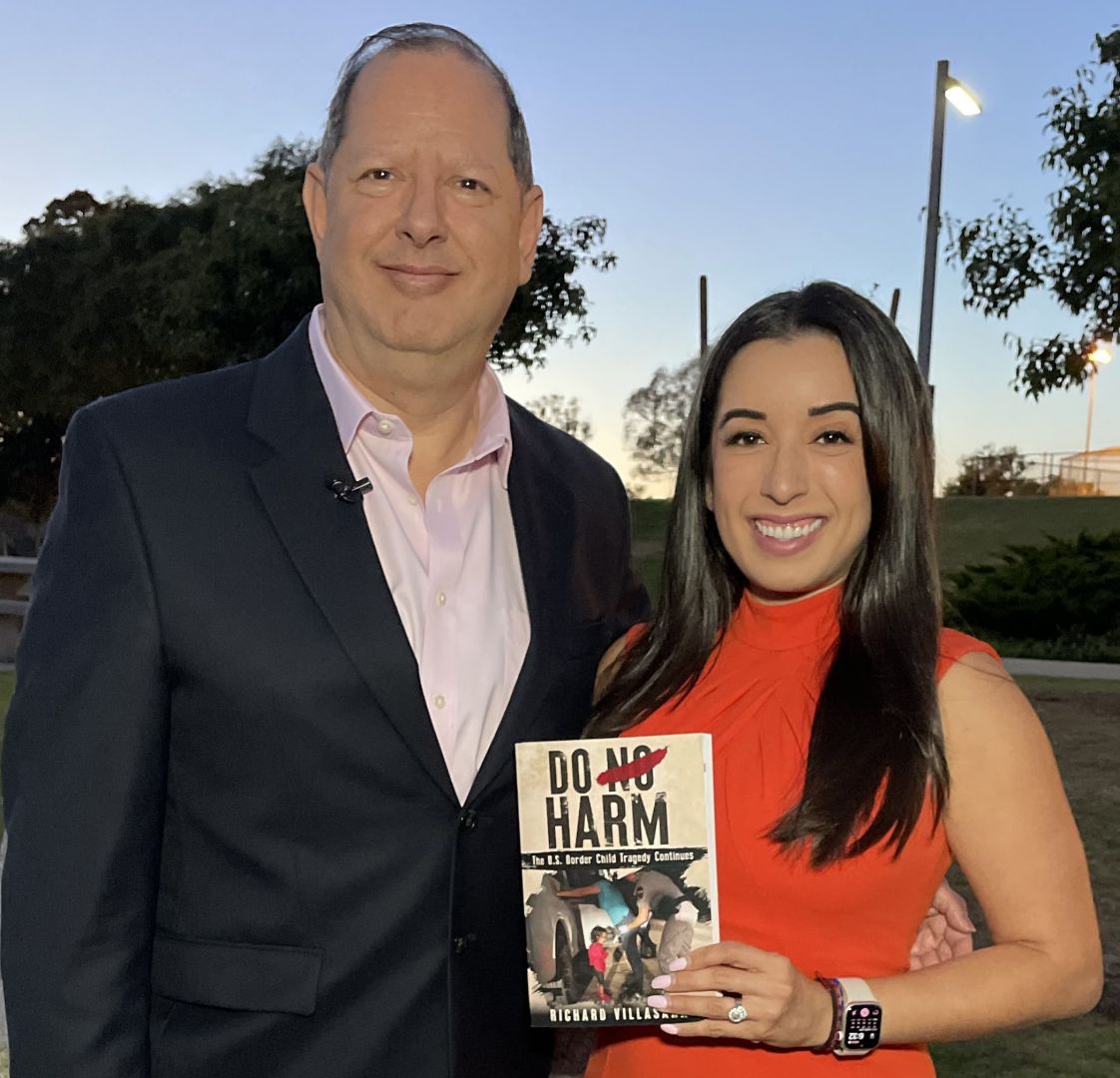
Who else deserves some credit and recognition?
I love giving recognition to my mentor, Antoine Morrison, who pointed out that I had a gift for finding people. Everyone has some innate talent, but most don’t tap into that power because doing that activity is so easy and effortless that people discount their talent as not being important. Antoine made it clear to me that I had a talent. Knowing this is so important because it’s often said that to reach the highest levels of success in a field of endeavor, one has to have natural talent. Excellence often starts with knowing we have a talent and then mastering it. Simone Biles, the most medaled gymnast of all times and my personal hero, has innate talent. She took that talent and honed it relentlessly over the years to be the world’s best in gymnastics just as I took my talent and have worked for three decades to be the very best in my field.
I have had four women in my life who have been my rock and support. My grandmother, Docie, was also my friend, confidante and supporter. She listened patiently and was a sounding board for my ideas. She passed away years ago, but she will always be in my heart. My mom, Ana, and my love, Cristina, have been amazing supporters, cheering me on and lifting me up when times have been challenging. Finally, Libbe Halevy, one of my dearest friends, has been with me through the years. We have been supporting and pushing each other to claim our successes and to put our best out front for the benefit of our families, friends and those we serve.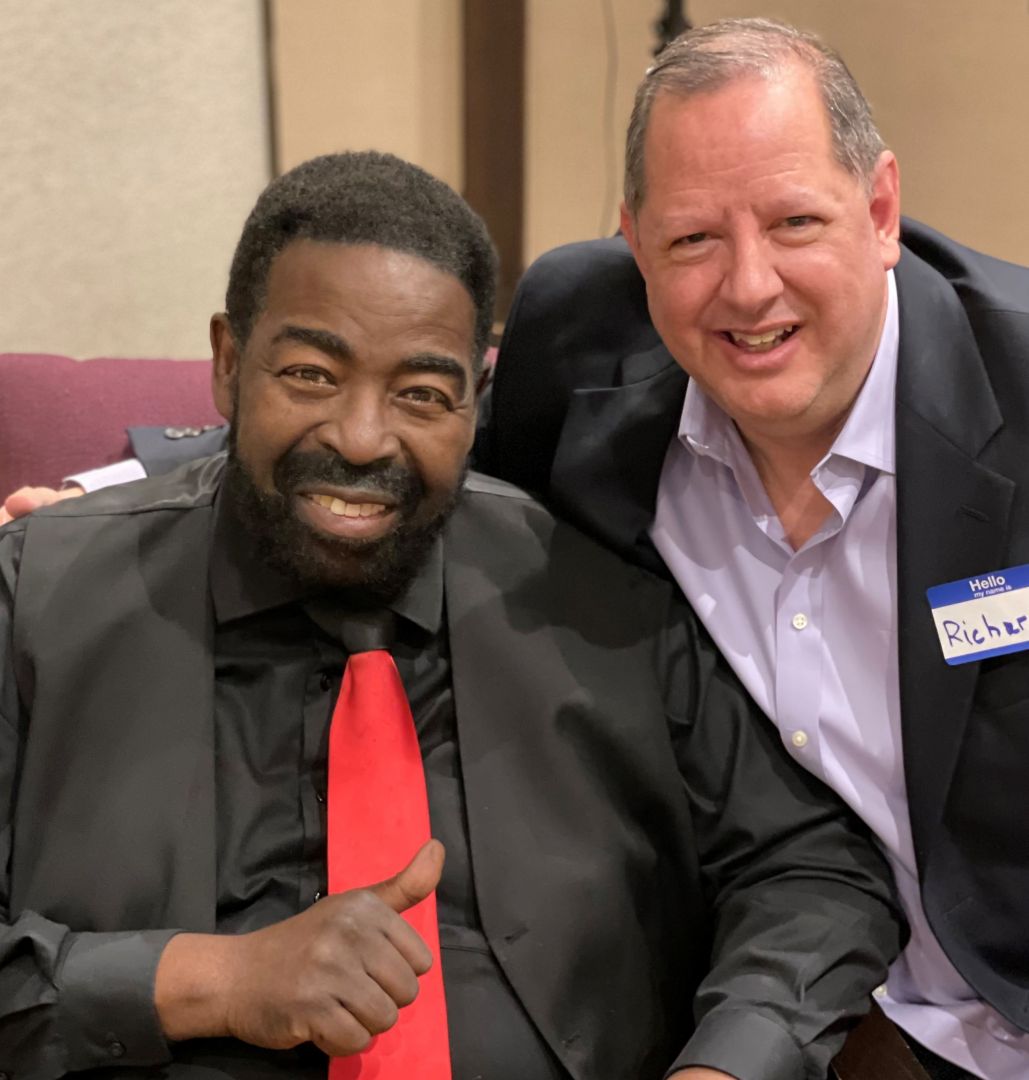

Website: https://www.foreverhomesforfosterkids.org
Instagram: https://www.instagram.com/foreverhomesforfosterkidsca/
Linkedin: https://www.linkedin.com/in/richardvillasana
Twitter: https://twitter.com/familyfindingmx
Facebook: www.facebook.com/familyfindingmx
Youtube: https://www.youtube.com/@foreverhomesforfosterkids2388
Other: Learn more about foster and immigrant children and our work reuniting them with family in the bestselling book, Do No Harm, at: https://www.amazon.com/Do-No-Harm-Tragedy-Continues/dp/0981919952. Do No Harm won the bronze for the Raul Aziguirre international book award for Best in Politics/Current Events in English category. A portion of the sales goes to reunite foster children with family. Want to donate to reunite a foster child with family? Go to www.foreverhomesforfosterkids.org/donate
